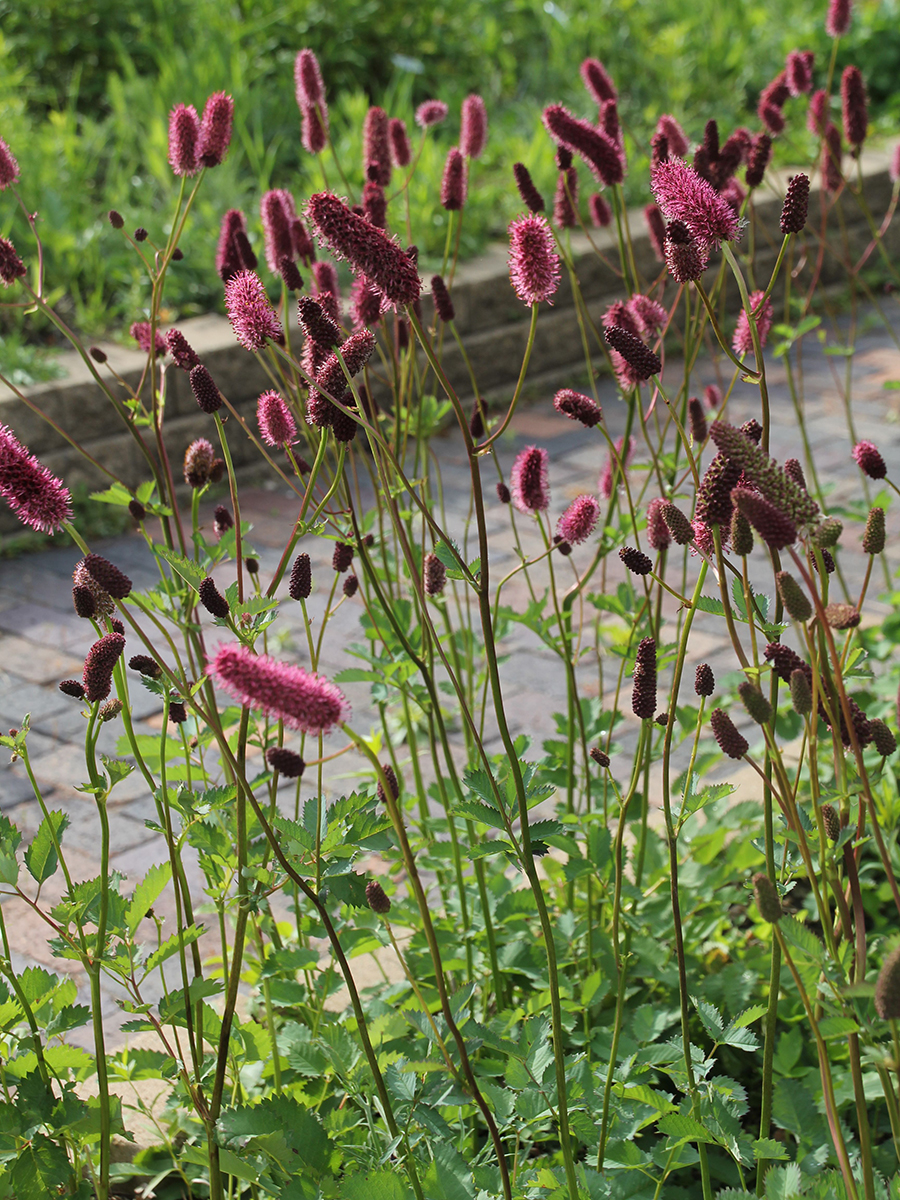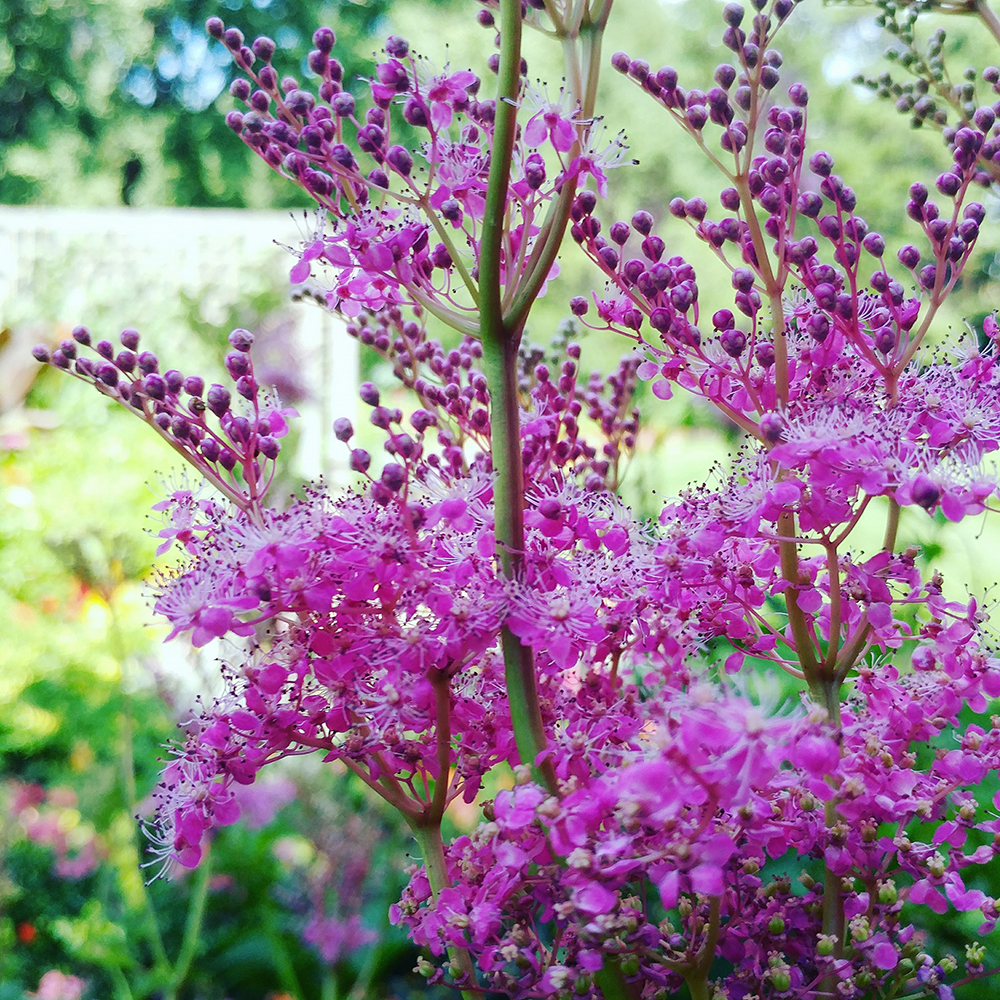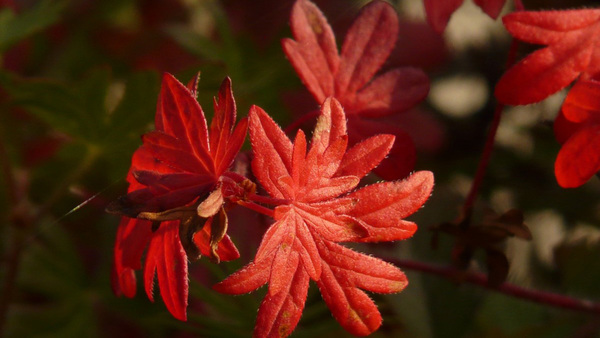
Do you have a plant in your landscape that everyone asks about? What is it? Where can they get it? That is certainly the case for us at McCrory Gardens in Brookings, South Dakota, a botanical garden whose mission is to connect people and plants capable of surviving and thriving in our often-challenging climate. Below are three of the most-asked-about perennials we have at McCrory Gardens and why you should grow them in your garden.

Menzies’ burnet (Sanguisorba menziesii, Zones 4–8) is one of those perennials that captivates gardeners’ interest almost as much as it captivates the finches that swarm the purplish-brown, conelike seed heads in early fall. A clump-forming perennial that makes a great sunny border plant, it has blue-green foliage with serrated edges to the leaflets. Menzies’ burnet reaches 2 to 3 feet tall and 1 to 2 feet wide, with vibrant, purple-maroon bottlebrush flowers arriving in early to late summer that rise above its mounded habit. While you can purchase this plant from several places online, we have found that it is quite easy to grow from seed when started mid-March.

‘Red Feathers’ echium (Echium amoenum ‘Red Feathers’, Zones 3–9) is a xeric plant—the perfect eye-catcher for those dry, rocky locations in the landscape. It only reaches 12 to 15 inches tall and 8 to 10 inches wide, filling multiple roles in the garden with its varying shades of red, liatris-like flower spikes rising above a fuzzy rosette of leaves. Deadheading encourages reblooming throughout the season, but be sure to leave some of the last flower spikes to winter over if you want it to self-seed for multiple seasons of interest, as it is a short-lived perennial. Rapidly germinating, ‘Red Feathers’ is also fairly easy to grow from seed.

On the opposite side of the water-requirement spectrum from ‘Red Feathers’ echium is queen of the prairie (Filipendula rubra, Zones 3–8). This is a most befitting name for this regal native of the northeastern part of the country, a perfect addition to any wet location or rain garden you might have. Hitting a height of 5 feet or more, this stately plant features wonderful pink-purple sprays of flowers along zigzag stems. Given the opportunity, it will also spread naturally and form lovely masses for the back border. If the flowers don’t wow you, the deeply serrated, compound, bright green leaves will. It can be a bit difficult to germinate, but not impossible, so long as you give the seed a cold, wet stratification period of 90 days or so.
No matter which of these perennials your garden has room for (and maybe it has room for all three), if you plant one of them, be ready for your friends and neighbors to ask you all about them!
—Chris Schlenker is the head gardener of McCrory Gardens at South Dakota State University in Brookings, South Dakota.
Fine Gardening Recommended Products

The Nature of Oaks: The Rich Ecology of Our Most Essential Native Trees
Fine Gardening receives a commission for items purchased through links on this site, including Amazon Associates and other affiliate advertising programs.

Planting in a Post-Wild World: Designing Plant Communities for Resilient Landscapes
Fine Gardening receives a commission for items purchased through links on this site, including Amazon Associates and other affiliate advertising programs.

Pruning Simplified: A Step-by-Step Guide to 50 Popular Trees and Shrubs
Fine Gardening receives a commission for items purchased through links on this site, including Amazon Associates and other affiliate advertising programs.



















Comments
Log in or create an account to post a comment.
Sign up Log in